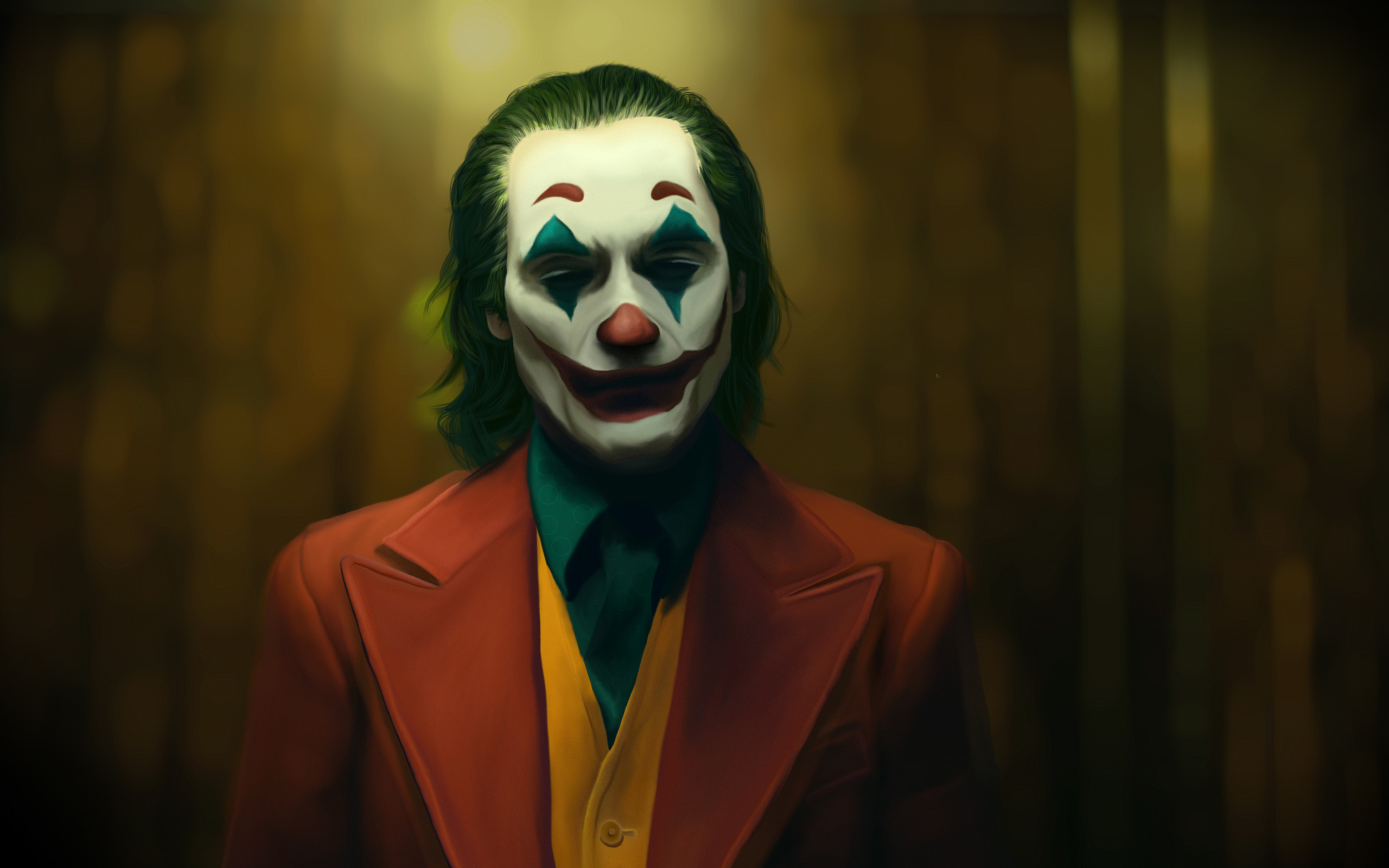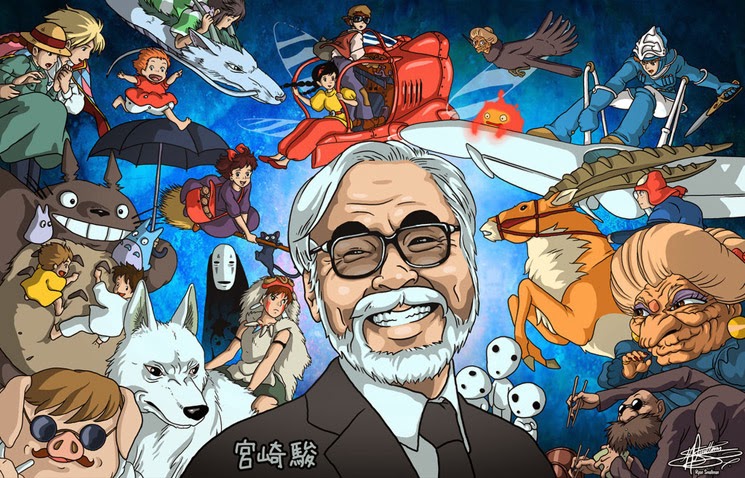
The heroes of this age are no longer as pristine, well-groomed and polished as the ones before. Sometimes, they may even be tormented and tortured souls.
Or even a super-villain like the Joker (above).
(As I write this update, Todd Williams’ DC Comics origin story of the most iconic Batman villain could hit US$1 billion in box office performance.)
Why does a movie about Batman’s arch-nemesis do so well? And if you think about it, why is Loki (in the Marvel movie franchise) more captivating than Thor?
The truth is that we are no longer enamoured by the archetypical superhero who dons a cape, flies around knocking villains off their feet, and is spotlessly immaculate.
Chances are, the heroes we admire these days are grimy, paranoid, and struggling to pay their mortgages.
Or they may even be underdogs and (gasp) villains like The Joker!
Enter the Age of the Antihero.
Antiheroes of Studio Ghibli Movies

Hayao Miyazaki’s movies are full of anti-heroes (courtesy of The Playlist)
On a lighter and less gritty note, have you watched a Hayao Miyazaki movie like “Spirited Away,” “Howl’s Moving Castle,” or “Princess Mononoke?”
If you did, you would have noticed something.
Miyazaki’s protagonists are anything but strong and heroic. On the contrary, they are often plagued by uncertainties, weaknesses and worries.
However, we still love them! (Or at least I do.)
Who (or What) is an Antihero?
So who can we consider as our antiheroes?
Defined by Disney Wiki as “protagonists that lack certain traditional hero qualities, often engaging in some negative behaviors or having certain flaws, but otherwise still having a moral compass erring on the side of good”, antiheroes are quite the opposite of the heroes of legend.
Unlike Superman, Hercules or Genghis Khan, these unwholesome characters in reel and real life usually lack qualities like idealism, courage, nobility, fortitude, moral goodness or altruism (source: Wikipedia). In fact, antiheroes are unwittingly thrust into the spotlight despite preferring to remain in the background.
While classical heroes are usually “larger than life,” antiheroes may be inferior to you and me.
Some like Don Quixote, Cyrano de Bergerac or Donald Duck may even be perceived as bumbling fools.
Celebrity Antiheroes
Contrary to the moral and steadfast classical hero, the antihero is often flawed in morality. He or she has more than a few skeletons in their closet, and usually take the guise of a rebel, pirate or outlaw.
Interestingly, their misdemeanours makes them more appealing than the traditional hero. this is why Hollywood increasingly loves to use antiheroes as part of storytelling.
Just look at how much more popular Han Solo is compared to Luke Skywalker. Or Donald Duck relative to Mickey Mouse.
In other words, the days of the knight in shining armour are long over.
These days, much of television celebrates the shady, seedy and scary dimensions of our world. Shows like Game of Thrones, Mad Men, Breaking Bad, The Sopranos, Family Guy, The Simpsons and others focus on the dark side of humanity.
Flaws are Draws
Like it or loathe it, we are inexorably drawn to all-too-human characters that can discern the 50 shades of grey.
Somehow or other, their imperfections and weaknesses are a mirror to our own humanity. Their failures, painful encounters and brokenness make them more realistic and relevant to our everyday lives.
Those “holier-than-thou” characters who are luminous and iridescent no longer appeal to us. This is because we cannot find examples of these heroes in our gritty every day world.
Rather, it is the morally complex antiheroes whom we most resonate with. Their inabilities to play by the usual rules of society appeal to our inadequacies, triggered by a hyper-stressful world of sky-high competition.
Identifying with Antiheroes
What’s most important, however, is how these antiheroes eventually triumph over their foes. We root for their ability to painfully overcome their weaknesses.
We cheer rapturously when their days, months and years of sacrifice lead them to eventually surmount their difficulties.
Eventually, our hearts glow when our antiheroes are redeemed and justified for their sufferings. We clap and applaud when their tumultuous trials and tribulations eventually lead to glory.
Deep in our heart of hearts, we imagine ourselves to be antiheroes in our own circumstances. By living vicariously through the experiences of these protagonists, we hope to give the finger to society, reject its expectations, and do what is right even when we face incredible opposition.
Antiheroes in Business
What about the world of branding and corporate storytelling? Is there a role for the antihero in commerce?
Well, if you think about it, some of our most beloved brands are “antiheroes”. The Internet itself is a humungous “antihero,” priding itself as a network that nobody can own or govern.
Zappos overturns traditional notions of corporate profit to offer customers a 365-day return policy. Virgin intentionally goes into new businesses where it has to become a novice all over again.
Ditto for school drop-outs turned corporate superstars like Bill Gates, Steve Jobs, and Mark Zuckerberg. Ironically, as their gargantuan enterprises grew, their firms end up facing new “antiheroes” of their own.
When Weaknesses Become Strengths
The next time you think about spinning a spotless, flawless and immaculate corporate story, consider how you can introduce some weaknesses and humanity to your characters.
Endear yourself more deeply to your stakeholders by showing how you’ve overcome challenges and weaknesses to be who you are today. Show your vulnerabilities. Be human, authentic and real.
Quoting from 2 Corinthians 12:8…
“And he said unto me, My grace is sufficient for thee: for my strength is made perfect in weakness. Most gladly therefore will I rather glory in my infirmities, that the power of Christ may rest upon me.”
